How to get rid of heel spurs
 A heel spur or calcar calcanei is a diagnosis with a name that can be somewhat misleading. The spur itself, i.e., a bony outgrowth from the bottom of the heel, only arises due to pathological processes that take place in the foot. So, let's look at it from the beginning.
A heel spur or calcar calcanei is a diagnosis with a name that can be somewhat misleading. The spur itself, i.e., a bony outgrowth from the bottom of the heel, only arises due to pathological processes that take place in the foot. So, let's look at it from the beginning.
What problems might indicate a heel spur
What signs should I look for? A reliable indicator is pain directly beneath the heel where the heel presses against the ground when you stand. This pain is quite unpleasant and sharp. It first appears when simply walking. Every step becomes painful, every time you step on your heel you feel a sharp pain as if stepping on a shard of glass. Gradually, pain may also appear at rest and may spread beyond the heel to the entire sole of the foot or the Achilles tendon. One must realize that at the first sign of pain, the condition is already so advanced that it will persist for some time. Spurs do not appear overnight, they develop gradually.

How does this happen
Why has a painful growth appeared on your heel you ask? It’s all about the muscles, or more precisely, muscle overload. The short muscles of the foot are attached to the bottom of the heel bone, as is the plantar aponeurosis (foot fascia), which is a relatively thick band of fibrous tissue that provides support for foot arches and is important in walking, running, and overall foot function. If the foot muscles and aponeuroses are regularly overloaded for a long time, this stresses their attachment to the heel bone and creates the conditions for spur formation. The stress causes swelling at the attachment site, gradually leading to an inflammatory process that results in calcification. Calcium salts are deposited and become visible on X-rays as a growth or osteophyte known as calcar calcanei (heel spur).
What can be done about it
Treatment depends on how advanced the condition is. But basically, the first step is to address the cause, i.e., the overloading of the ligaments. Only after the cause is addressed does one deal with the consequences, the osteophytes that have formed. Physical therapy prescribed by a rehab specialist is recommended to treat overloaded joints. This involves active exercises focused on adjusting walking habits and correcting the muscle work of the lower limbs, mobilization techniques, and possibly foot massage of the soles. A very important role is played by anti-inflammatory treatment, analgesics and, in some cases, corticoid injections. Considerable success has also been attributed to shock wave treatment. A change in footwear will be necessary, and prosthetic devices often relieve the pain, especially gel heels which cushion unpleasant shocks to the heel when walking.

Let your feet relax
As with most orthopedic diagnoses, surgery is also an option. But it is better to prevent such problems. All one needs to do is care for your feet, giving them as much daily attention as your face. Wear the right shoes for your type of foot, perform relaxation exercises, take baths and make sure your feet are rested and relaxed with good blood flow after a long day in shoes. The ideal way to achieve this is to use Foot Alignment Socks. These socks will help both prevent the condition and treat spurs that have already appeared due to the overloading of muscle ligaments (plantar aponeurosis). Your toes will stretch and relax thanks to the toe separators, helping to reduce foot swelling and the negative effects on our tired and overworked feet from wearing shoes all day long.



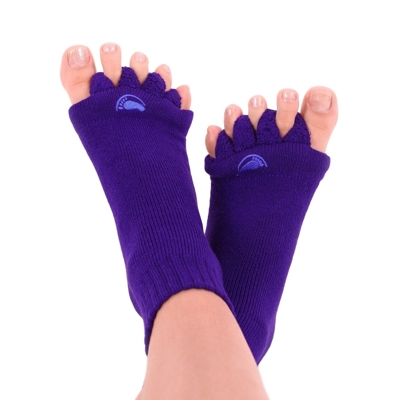

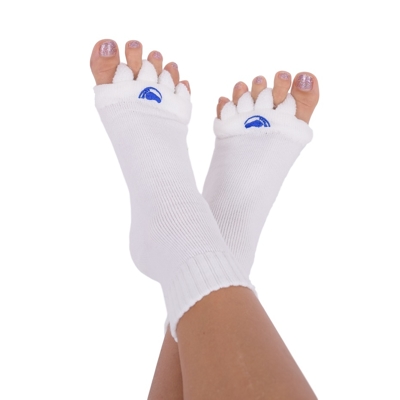
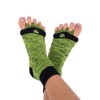
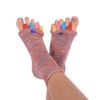
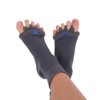

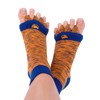
3 answers
4 answers
4 answers
1 answer
4 answers
1 answer
1 answer
1 answer